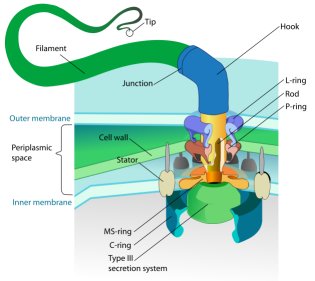
This, of course, produces a problem for an earth that is supposedly billions of years old. After all, the earth needs a certain amount of energy in order to support life. A billions-of-years-old sun would produce significantly less energy in the distant past than it does now, resulting in an earth that is simply too cold to support life.
Of course there are many scientists who are so desperate to believe in a billions-of-years-old earth that they are forced to produce some sort of narrative so that they can “explain around” this obvious problem. Once such scientist was Carl Sagan. In 1972, he and a colleague wrote a paper1 that suggested that the problem could be solved if the concentration of carbon dioxide in the atmosphere was significantly greater in the distant past.** He fervently hoped that a lot of extra carbon dioxide would produce a much stronger greenhouse effect, making the earth sufficiently warm enough for life, even when the sun was a lot dimmer.
Now this is only a partial solution to the problem, because not only did Sagan need to have faith that carbon dioxide concentrations in the atmosphere were significantly greater in the past, he also had to ardently believe that those concentrations would slowly fall in perfect coordination with the increase in the brightness of the sun so that the earth would never get too hot or too cold as the sun got brighter and brighter.
Well, now we know that despite Sagan’s desperate hopes, his explanation doesn’t work.




